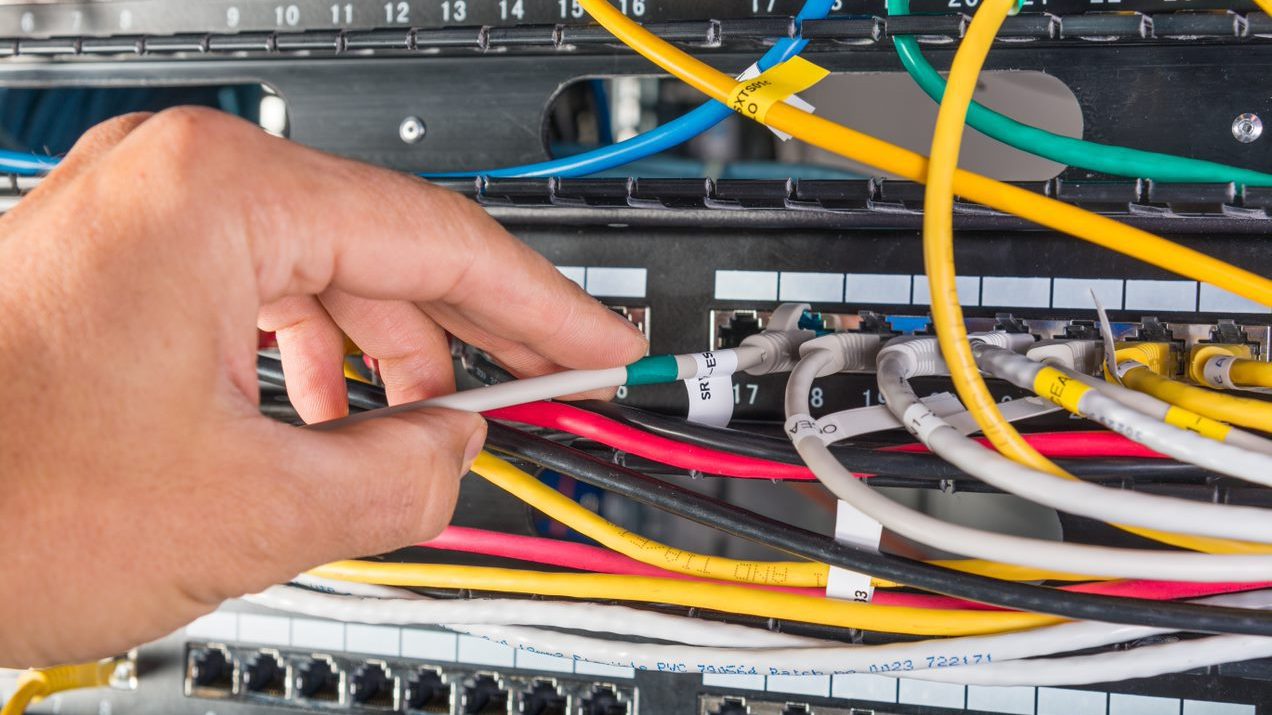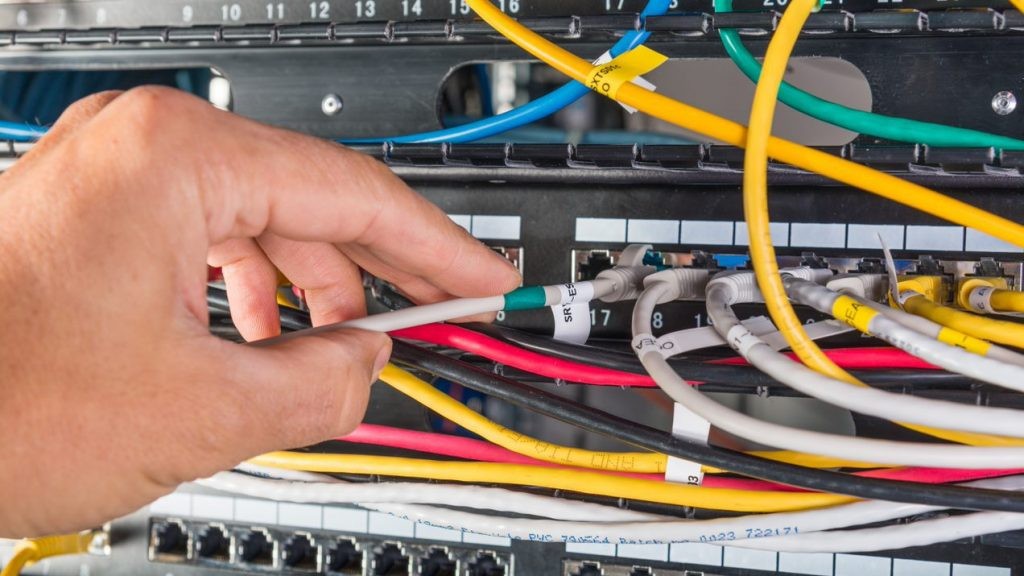Well intentioned mishaps with IGMP snooping
Previous articles have discussed the importance of multicast traffic in media networking; it is a key part of how clocking, discovery and content itself are distributed efficiently around a network.


Previous articles have discussed the importance of multicast traffic in media networking; it is a key part of how clocking, discovery and content itself are distributed efficiently around a network.
A key to effective use of multicasting is the configuration of IGMP snooping on network switches and routers. IGMP snooping is supposed to ensure that multicast traffic, which can be substantial, is directed only to those devices that request it. The problems arise when IGMP snooping doesn’t seem to work as expected.
What is IGMP snooping?
Just as subscribers to a newsletter are part of a list somewhere, so are recipients of multicast traffic. When a multicast message is sent, devices that want that traffic ask for it and become part of a group membership list that resides on a network switch that is acting as an IGMP querier. When multicast messages arrive at the switch, it checks those group lists to see which devices have requested the data, and prevents other devices from receiving it. This group membership technology is referred to as IGMP (Internet Group Management Protocol).
When a switch groups a data sender with a bunch of recipients, that process is called snooping. When there are multiple switches on a network, they must all agree about these multicast groups, and so must coordinate their IGMP behavior. If they don’t, some traffic won’t go to where it’s supposed to.
What could possibly go wrong?
You probably know that the answer to this question in AV is always “nearly anything”. IGMP snooping issues are elusive because they don’t present obvious indications of the source of the failure.
Below are the most common remedies for the most common issues:
- One brand. While managed switches (and routers) incorporate IGMP support, it is not always done so in a consistent manner. The result can be that different brands of switches will fail to coordinate IGMP lists between them, and multicast management fails. It is strongly recommended that you use a consistent vendor for all managed switches in order to prevent this issue from arising.
- One querier.Just turning IGMP snooping “on” isn’t likely to help. Switches that contain active lists of multicast groups are called “queriers”, and this is a function that can be enabled within a switch. If there is more than one querier on a LAN, the lists of devices can lose synchronization, resulting in failure of multicast traffic.
- One version of IGMP. Presently, IGMP is specified in two commonly used versions: v2 and v3. This difference is most easily seen on current Apple MacOS computers that use IGMP v3 on built-in Ethernet ports; these may fail when connected to IGMP v2 switches. An easy workaround is to use an Ethernet adapter, all of which use IGMP v2.
We hope this clears up some questions you have about IGMP snooping. May your days be long and your latency short!
Stay up to date with the Dante Journal
* indicates required fields




